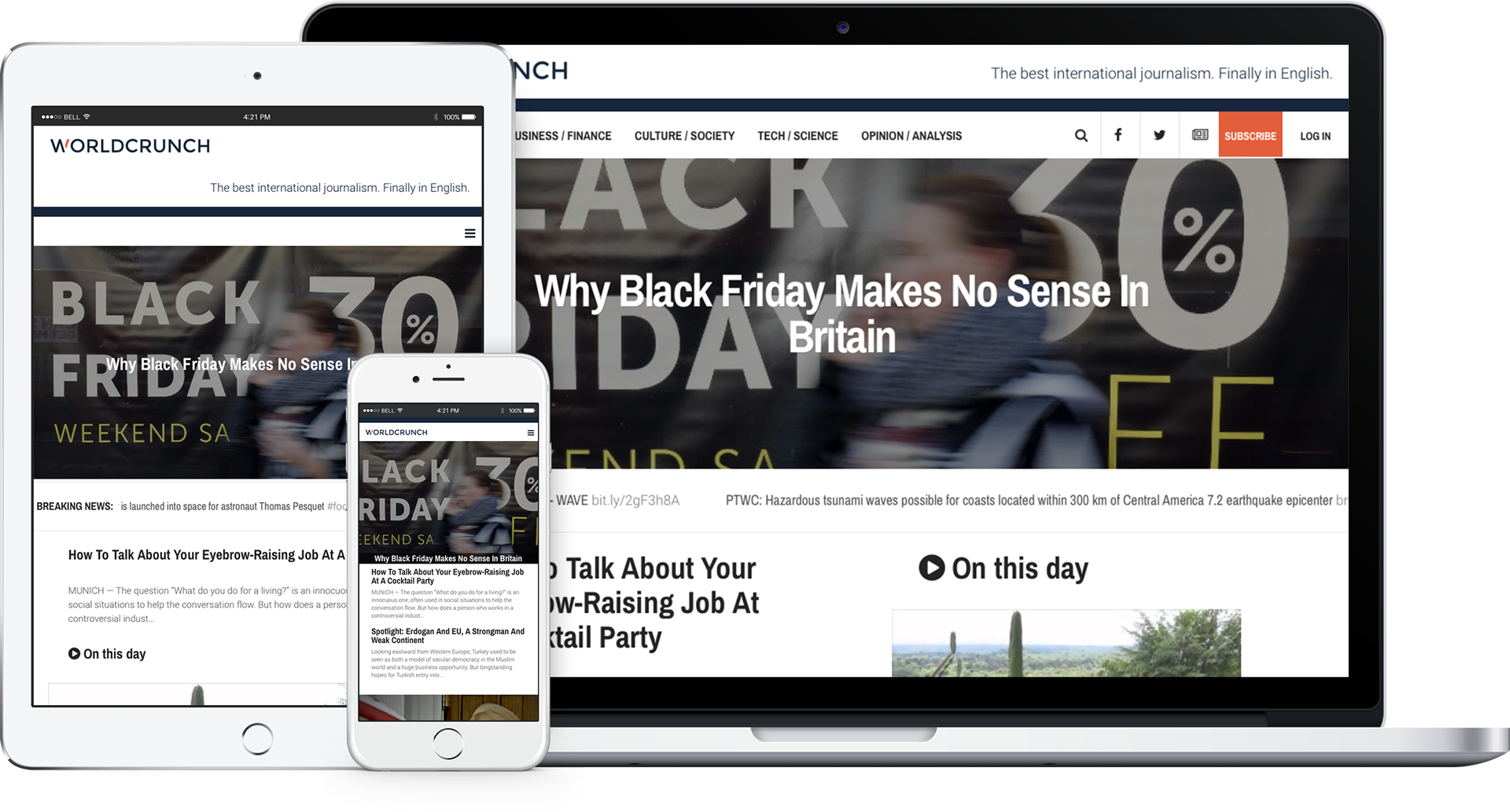We might soon see our mechanic put on augmented reality glasses that will show him step by step how to repair our car. But the same glasses will also record all his slightest movements and actions, thus making it possible to know how long it took him to finish the job, whether he needs to be sent into formation... or whether he needs to find a new job. This is one of the scenarios foreseen by consultants, industrialists and trade unionists who are pondering over the factory 4.0: In the future, the great steps in a product's life cycle, from designing to recycling, not to mention of course production and maintenance, will constantly be monitored by a computer.
It's the "digital continuity" engineers and IT specialists have been dreaming of. "Augmented reality is one of the stones that will allow us to build it," says Yann Bouju, in charge of virtual reality and augmented reality at DCNS. "Augmented reality is a direct link between a company's and an operator's information systems, it provides the latter with the help it needs when it needs it, and allows it to work faster and with fewer mistakes," says Sylvie Naudet, who supervises industrial partnerships at CEA List, a lab specialized in smart digital systems where people have been working on augmented reality technologies for the past 12 years.
Thanks to computer-aided design (CAD), most industrialists now have at their disposal a digital and 3D model of their products. It is thus possible to superimpose extracts of this model on the reality: it's the "visual" augmented reality. "Since the A380, we've been developing software to be able to extract digital data and superimpose it on reality," explains Patrick Vigié, who's in charge of industrial technologies at Airbus. "To control the inside of an aircraft, we used to take out a paper plan. Now, with a tablet, we can check the reality and the corresponding virtuality — the digital model."
These technologies should allow operators to vastly increase their profits. "During the testing phase of one of our augmented reality helmets by one of the leaders in aeronautical maintenance, we observed a 30% gain of time compared to instructions on paper and eight times fewer mistakes," says Zile Liu, co-Founder and CEO of Laster Technologies.
"Of course, some barriers remain, such as the precision and sturdiness of the information's positioning, which has to be to the nearest millimeter," says Jean-Marc Alexandre, deputy director at CEA List. He's also the project leader at Factory Lab, an innovation platform located on the Paris Saclay University's campus and where industrialists can test solutions for their future factory. At Factory Lab's inauguration last fall, the company Diota showcased a sort of videoprojector equipped with a camera and which projected the mounting instructions directly on the parts. The device is currently being tested at Dassault Aviation.
Augmented reality can be used in production (companies like Airbus, DCNS, Safran are already using it or experimenting it), maintenance, but also for in-situ training. "By guiding step by step people who don't have a very high technical level, we can bring them to the production chain," says Henri Pidault, head of digital technologies at Deloitte France. "But the final goal of some industrialists with augmented reality is the automated verification of work," adds another specialist of this technology, under condition of anonymity. The current media for augmented reality (smartphone, tablet, glasses, etc.) have a camera that is used to capture what the operator sees, and which can also be used to record what he does. "It's very likely that in the future, beyond the camera that looks, the connected objects loaded with sensors will allow for the addition of extra data," says Henri Pidault. The employer will not only be able to know whether the employee has followed the right procedure, but also whether he's given the screws the right number of turns.
The data thus collected can be anonymized and passed on to the quality department, but also to the design department. The latter might realize, for instance, that several operators have encountered difficulties and that therefore, the product, or how it's assembled, requires changes. "The advantages of these digital technologies are important in terms of work reliability," admits Laurent Zibell, advisor to IndustriAll Europe, the federation of 190 European trade unions of industry workers. "But the risks are manifold: these technologies will allow for the permanent collection of data — not always anonymized — on the workers. And the exploitation of that data by artificial intelligence programs could lead to the automatic evaluation of individual performances and motivation..."
Of course, companies are already used to implementing safeguards, for instance by offering fair use charters for the digital tools they provide their managers with (computers, smartphones allowing geolocation, etc.) But setting up such agreements could be more complicated with workers, who are often more wary. "It's more important to initiate the discussions much in advance and to proceed progressively: inform the employees, test each new digital tool over several months in factories, then sign a local agreement," advises Frank Hess, director of the Bosch Rexroth plant in Homburg, Germany, where several tests are already under way. An agreement, praised by IndustriAll Europe, has already been signed: staff representatives will be granted access to the plant's database and will be able to check how it is used.
See more from Tech / Science here





